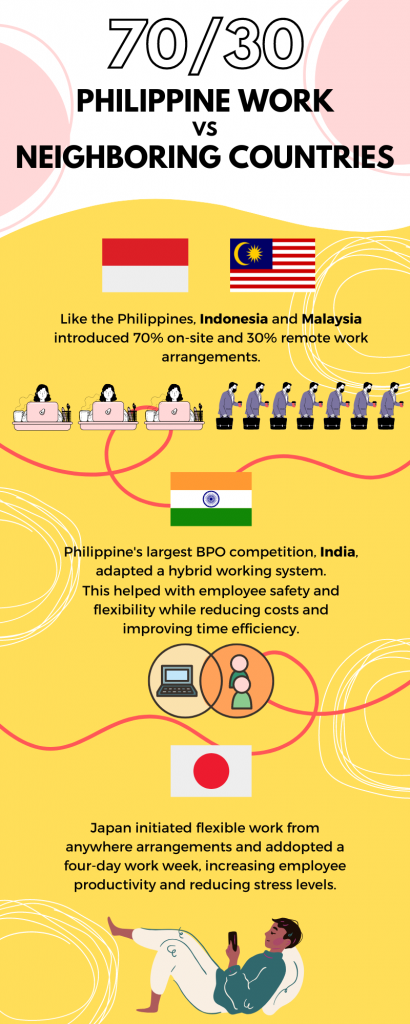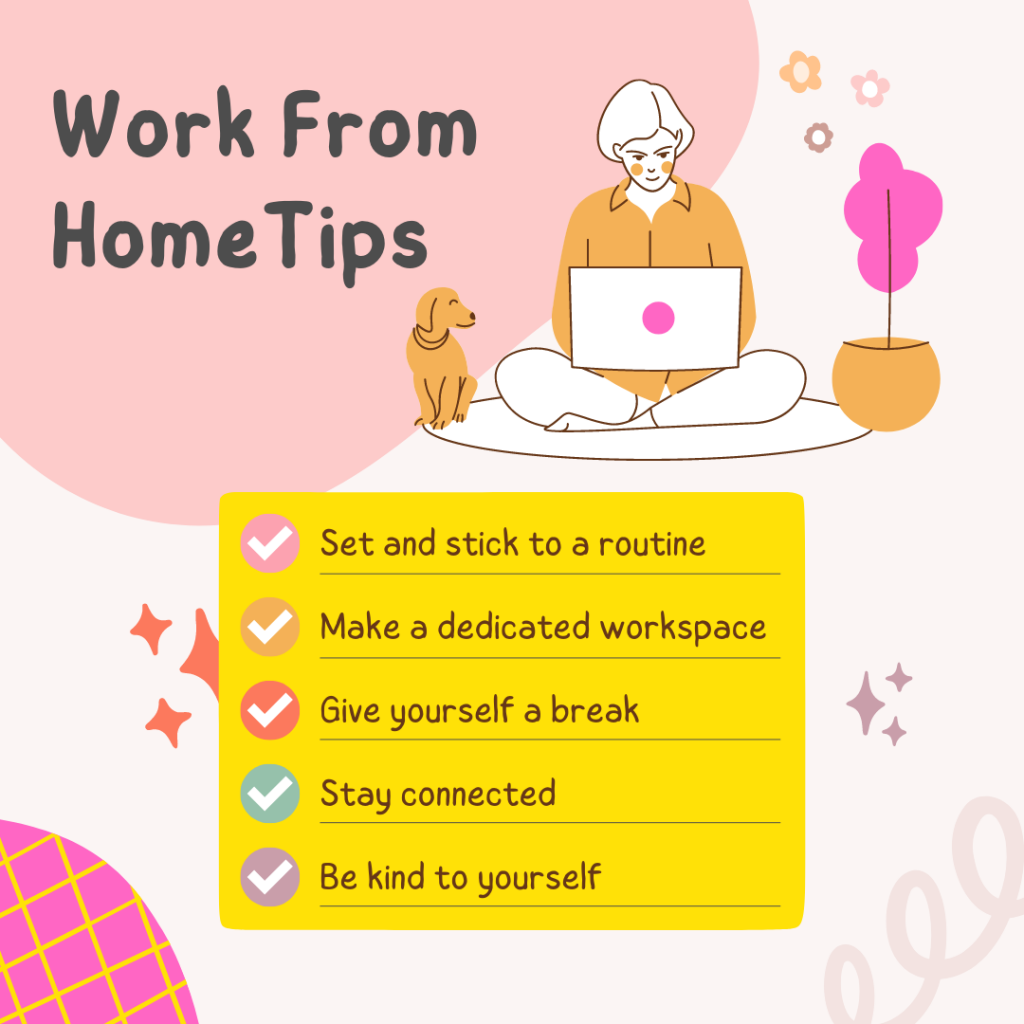
BPOs – 30% Work From Home Arrangement Extended
CATEGORIES
Tags
24/7 analytics australia automation Business Process Outsourcing company Copywriting CRM customer support data data and analytics Delegate digital digital advertising digital marketing Digital Support Staff ecommerce Email Management Email Marketing Entrepreneur Freelance Writers google ads graphic design Hiring Freelancers Marketing offshore offshoring ominchannel support organizer outsource Outsourcing Philippines Project management reporting seo seo audit Shopify Small Business social media Social media experts social media management United States video Virtual Assistant Virtual Team
BPO firms in the Philippines are now officially allowed to retain their tax perks without forcing their workforce back to the office.
There are over 700 BPO companies in the country offering outsourcing services, and employing more than a million Filipinos with an annual 8-10% growth.
Previously, BPOs had a 70-30 arrangement, with 70% of their workforce required to work from the office and only 30% allowed to work from home. This was set to expire on September 12, and thereafter a 100% return to the office was required, if the BPO companies inside economic zones wanted to retain their tax incentives.
But now the issue has been resolved, and WFH continues until further notice, as they transfer their registration from the PEZA (Philippine Economic Zone Authority) to the BOI (Board of Investments).
Hybrid work is the best option anyway
Filipinos received this news positively, mentioning how much time and energy they save without the daily commute.
In the Philippines, transportation is a major problem: your option is A. Heavy traffic congestion in the highways and expressways, or B. Congestion inside trains where people pack themselves tight like sardines during morning and evening rush hour.
Citizens also pointed out that remote work benefits employers and employees alike in lower overhead costs, and that the government can improve infrastructure while people are working from home.
People still do want to go to the office and it’s still a nice option, as long as it’s not forced on employees.
Two-thirds of the world prefer a hybrid working arrangement and more than half of the Filipino workforce prefer a hybrid setup where most of the days are spent in the office.
If you’re a Filipino, you know what’s behind this survey: internet services can be erratic unless you pay the higher price tiers, so work is simply more efficient at the office.
Online in social media, where you’ll find the most people in favor of 100% remote or mostly-WFH hybrid work, people are more affluent with better connectivity, and working in air-conditioned rooms to boot.
There’s still a lot to be improved to make WFH smooth for Filipino workers, with most of us spending money from our own pockets.
Ideally, hybrid work with more days at the office shouldn’t be a daunting prospect, and this hinges on improvements to the country’s transportation and infrastructure.
70-30 Philippine work arrangements vs. neighboring countries
Indonesia and Malaysia also had 70% on-site and 30% remote work for employees during the pandemic.
The Philippines’ largest competition in the BPO industry, India, fully adapted a hybrid working model that entices investors. The consistent work arrangement was ideal to avoid health risks, provide ease of employment even for working parents, and was cost-effective and time-efficient.
Japan initiated flexible work from anywhere arrangement and adopted a four-day work week. This is to increase employee productivity and lessen stress levels.
Hybrid work and flexible arrangements
While the four-day work-week is still a pipe dream, we do have options.
Flexible work model: The control over when and where to work are given to the employees, letting them choose WFH or reporting to office. This work model fully utilizes communication management tools for a seamless working process.
Nestle Philippines adopted flexible working arrangements during the pandemic emphasizing how they prioritize employee safety without limiting team productivity.
Hybrid work model:This employee-first approach work model provides companies to design a schedule and designate employees workdays to WFH and WFO. Many companies already utilize this model, and if you happen to see bigger lines at the LRT and MRT stations, those are the WFO days.
Employee-centered industry and keeping workers motivated
One of the biggest BPO companies in the country, Concentrix, continued with their WFH arrangement, preferring higher taxes over the higher overhead costs of forcing their workforce back to the office. Contrary to fears about disconnection and dissatisfaction, their customer and employee satisfaction soared.
Time and time again, success stories always prove that listening to employees benefit the company and the customers.
At the moment, the Fillipino BPO workforce are certainly satisfied by this new development. Remote work saves them from the horror of the daily commute, and they have more time for both work and their personal pursuits.



